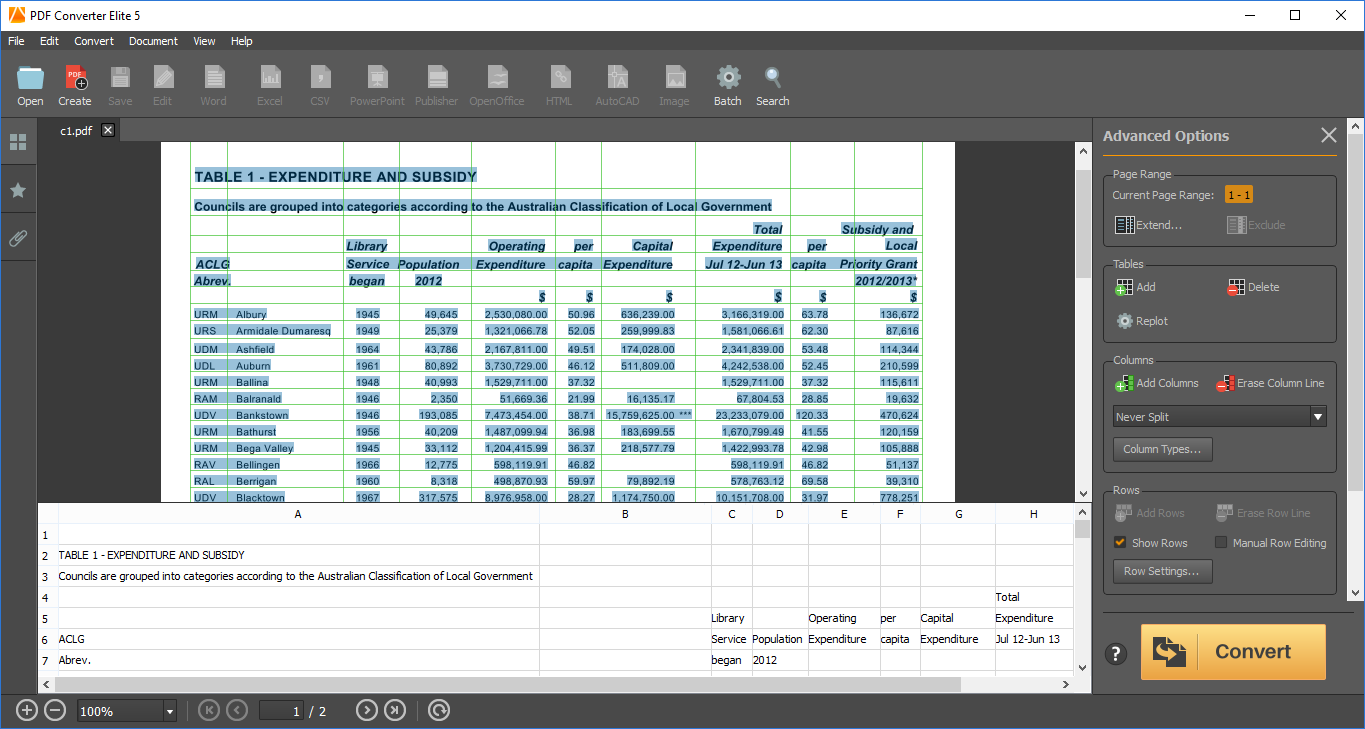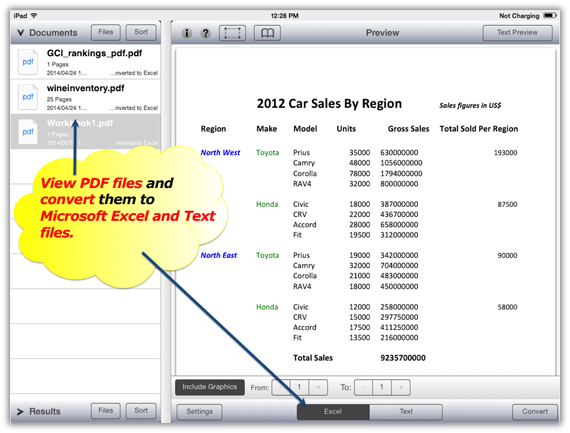


This iterative process will extract and combine the data from each PDF table into a single table. Power Query will automatically create a series of queries, parameters, custom functions, and transformation steps to iterate through each PDF in the folder. Selecting tables is usually preferred as it avoids unwanted PDF content, like paragraph-style text, and more properly identifies table characteristics, like headers.Ĭlick OK to begin the combining process. If you have multiple tables on a single page, and you want all tables, selecting “” may prove more effective than selecting each table separately. In the Combine Binaries dialog box, we see a listing of all tables and pages in the first PDF.Īs each file has but one page with a single table, selecting either the “ Table001” or “ ” options will likely yield the same result. To extract each of the PDF file contents, click the Expand Binaries button in the top-right of the Content column.

We don’t want the file metadata we want the contents of each file.


 0 kommentar(er)
0 kommentar(er)
